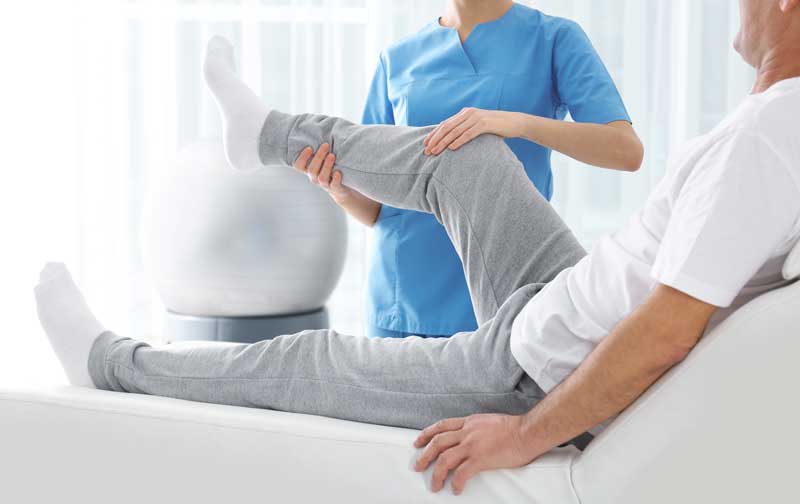Mastering the Art of Ergonomics to Optimize Comfort and Efficiency in Office Settings
Mastering the Art of Ergonomics to Optimize Comfort and Efficiency in Office Settings
Blog Article
Elevating the discipline of workplace optimization is essential for designing office setups that advance comfort and work output. Applied ergonomics is the science of engineering occupational settings, apparatus, and responsibilities to fit the needs of employees. By focusing on how individuals engage with their physical environment, businesses can reduce strain and mitigate musculoskeletal problems. An ergonomic workspace enables fluid movement and lessens strain, which can contribute to improved work satisfaction and engagement among staff members.
One foundational component of human factors design is the arrangement of furniture and equipment. Desks should be at a height that permits employees to work with their forearms at a 90-degree angle while inputting data. Ergonomic seats should deliver sufficient support for the lower back, encouraging spinal alignment. Additionally, screens should be aligned at eye level to prevent neck strain. By ensuring that these elements are properly adjusted, workers can maintain a comfortable position throughout their tasks, decreasing fatigue and improving focus.
Another critical factor in an optimized workspace is the use of appropriate technologies and hardware. This includes typing hardware, navigation tools, and other components engineered to reduce RSIs. For instance, using an split-key keyboard can help reduce wrist pain caused by prolonged typing. Furthermore, modular seating systems and convertible desks allow employees to alternate their position throughout the day, which check over here can alleviate discomfort and boost physical endurance. Implementing industry-grade ergonomic solutions can generate sustainable work habits and higher productivity rates.
Lighting is also a vital element in ergonomic design. Effective lighting can reduce ocular stress and support staff to concentrate on their work activities. Natural light is preferable, but if that is not accessible, using customizable artificial lighting can aid create a comfortable atmosphere. It is important to avoid overhead fluorescent lights that may trigger visual discomfort or fatigue. By ensuring adequate lighting, employers can create an environment that advances both clarity and work quality.
In closing, promoting regular breaks is imperative for maintaining an balanced workspace. Motivating employees to take timed breaks can assist relieve physical tension and mental overload. During these breaks, users should be encouraged to move around or change location to stimulate physical engagement. Structuring planned break times can help create a structure that prioritizes health without compromising work results. Ultimately, mastering ergonomics in the professional environment not only improves physical health but also supports a more sustainable work culture where employees can Get More Information excel.